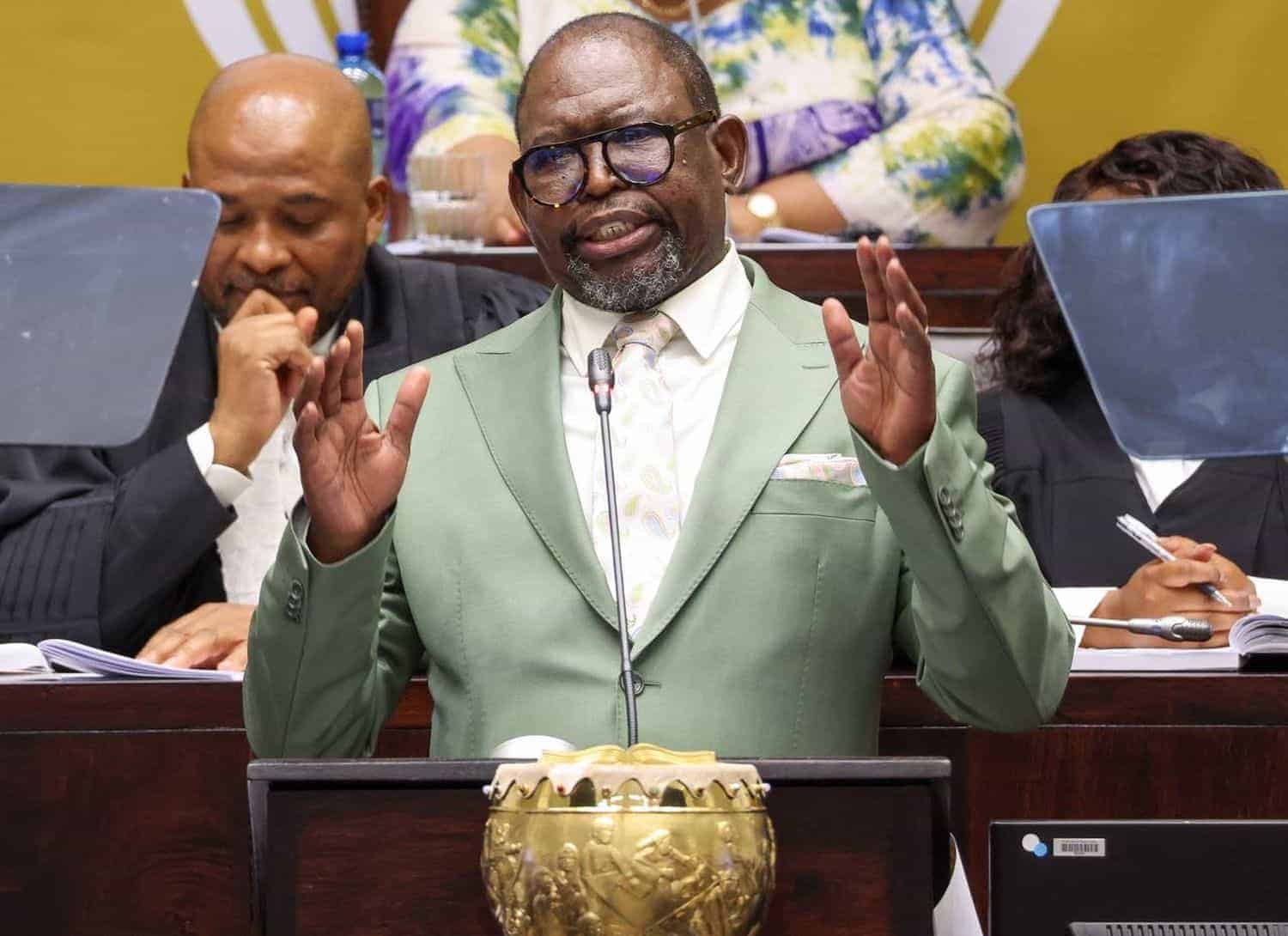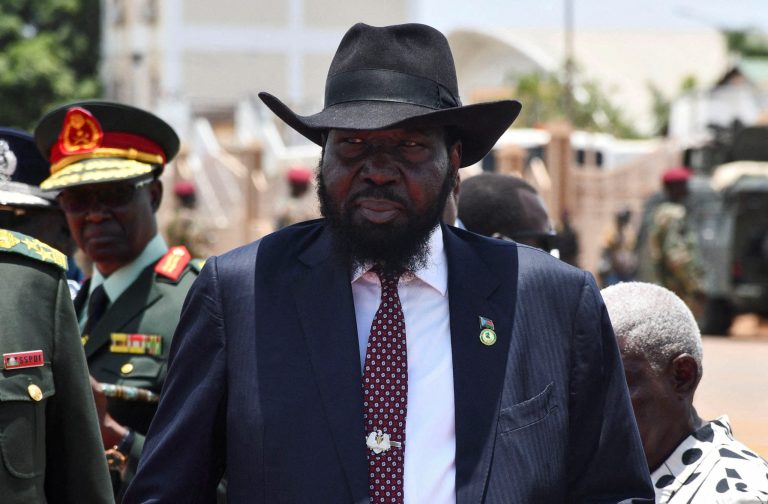
Economists have praised finance minister Enoch Godongwana’s MTBPS or ‘mini budget’ speech that contained some strong announcements about government debt and spending.
Tertia Jacobs, treasury economist and fixed income specialist at Investec, says the MTBPS made a couple of strong announcements consisting of:
- A reduction in the inflation target to 3%
- Strengthening policy coordination with the Reserve Bank
- Adhering to a path of fiscal consolidation despite marking down the 2025 gross domestic product (GDP) growth forecast to 1.2% but supported by higher tax collections
- Cutting SAGB auctions by R750 million per week and utilising an additional R31 billion in GFECRA proceeds.
“This underscores the GNUs commitment to restoring the country’s fiscal health, as well as improving the quality and efficiency of spending through spending reviews and professionalisation of the public sector service.
“Involving the private sector through private public partnerships in rebuilding South Africa’s infrastructure was a key feature, with important timelines set out in 2026 for the Municipal PPP framework, RFPs for Transnet corridors, a credit guarantee vehicle for de-risking of private investment in critical infrastructure, such as transmission lines and municipal grant reforms.”
ALSO READ: MTBPS: So, we did not need a 2% Vat increase after all?
Important takeaways in the MTBPS
Jacobs picked these key takeaways from the MTBPS that are important:
- Inflation target adjustment: The key focus of the November 2025 MTBPS is lowering the inflation target to 3% with a 1% tolerance band.
- Macroeconomic forecasts: Projections were revised to reflect the impact of lower inflation on nominal GDP growth and revenue over the MTEF. A technical adjustment was made to inflation-linked social grants, while the public sector wage bill remains unaffected, capped at a 4% annual increase over the next two years.
- Interest rate outlook: National Treasury projects the repo rate at 7.0% (2025), 6.75% (2026), and 6.25% (2027).
- Extended forecast horizon: The MTEF economic forecast was extended to FY28/29, reaffirming the commitment to fiscal consolidation. Treasury expects real GDP growth to rise to 2.0% by 2028, supported by stronger consumption and fixed investment.
- Infrastructure investment: Treasury reported progress in accelerating infrastructure investment and enhancing private-sector participation, though long lead times continue to constrain near-term GDP growth.
- Revenue adjustments: Baseline forecasts will be revised in the February 2026 Review, as an estimated R35 billion revenue overrun from gold and platinum has not yet been incorporated. Treasury appears to be waiting for confirmed outcomes before upgrading projections. The baseline expenditure path, excluding the windfall, reflects revisions due to lower nominal GDP and revenue growth.
- FY25/26 revenue performance: Tax revenues were revised up by R19.7 billion, versus an initial projection of R45 billion. The adjustment reflects Sars’ mid-year estimate, including higher net Vat (+R11.3 billion), dividends tax (+R4.2 billion), corporate income tax (+R4.6 billion) and fuel levy (+R2.0 billion). Gold and PGM companies are expected to contribute roughly R35 billion in additional taxes in December, presenting upside risk to Treasury’s projections. Sars expanded staff capacity to strengthen collection efforts.
- Expenditure adjustments: Net spending has been raised by R11.0 billion, driven by an additional R15.8 billion in non-interest expenditure, partly offset by a R4.8 billion decline in debt-service costs due to lower interest rates.
- Fiscal balance: The main budget deficit is expected to narrow slightly from R361 billion to R352 billion, remaining unchanged at 4.5% of GDP.
ALSO READ: MTBPS: Godongwana pulls it off the first time this time
MTBPS realistic and credible in SA’s challenging economy
Prof Raymond Parsons, economist at the NWU Business School, says the broad economic and fiscal strategies outlined in the 2025 MTBPS are realistic and credible given South Africa’s challenging economic context.
“The MTBPS represents a visible turning point in advancing the priorities of a stable, growing, competitive and inclusive economy. Policy continues to gradually move in the right direction to build resilience, create fiscal buffers and stabilise public indebtedness amid adverse global headwinds.
“The decision to implement a 3% inflation target with a 1% tolerance band over two years represents a significant shift in South Africa’s monetary policy, but is a flexible framework. While it strengthens policy credibility and aligns with the goal of lower inflation expectations, it also entails short-term fiscal and growth trade-offs.
“The minister recognised that there would be short-term fiscal costs of a lower target, which include a lower GDP and revenue growth, which will make achieving fiscal targets even more challenging. Inevitably, interest rates and hence borrowing costs are also likely to remain higher for longer for business and consumers.”
He says the overarching message of the MTBPS is that accelerated structural reforms remain the most effective pathway to much higher, job-rich growth.
“Implementation will be key to ensure that reform commitments under Operation Vulindlela and other processes translate into tangible improvements in confidence, investment and service delivery.
ALSO READ: Mini-budget: new inflation target and fiscal anchor is coming
Some progress in fiscal consolidation in MTBPS
Isaac Matshego, Crystal Huntley and Nicky Weimar, economists at the Nedbank Group Economic Unit, say the MTBPS showed some progress in fiscal consolidation over the MTEF.
“The finalisation of the policy on the fiscal anchor will help remove the uncertainty that has historically been caused by expenditure increases that have been unrelated to changes in revenue.”
They say the numbers presented in the MTBPS 2025 are encouraging, confirming the National Treasury’s commitment to reducing the budget deficit and containing the rise in public debt, although execution risk remains high.
Dr Elna Moolman, Standard Bank Group Head of South Africa Macroeconomic Research, say the MTBPS was positive for credit ratings.
“The preservation of the debt-GDP peak this year should be positive for our sovereign credit ratings insofar as it confirms the government’s commitment to fiscal consolidation.
“However, a few factors, such as a further increase of the forecast debt-GDP trajectory (albeit only 0.5-0.7% of GDP), a still weak economic growth trajectory (notwithstanding growing traction with policy reforms to ease binding growth constraints) and further discretionary increases in fiscal spending may underpin their continued caution.
“We do not foresee positive rating action from Moody’s or Fitch in response to the MTBPS, while S&P might at the scheduled rating review this Friday resolve the positive outlook on South Africa’s rating with an upgrade, although we still see a delay till next year as more likely (notwithstanding their typical preference to resolve a positive or negative outlook on a junk rating within 12 months).”



